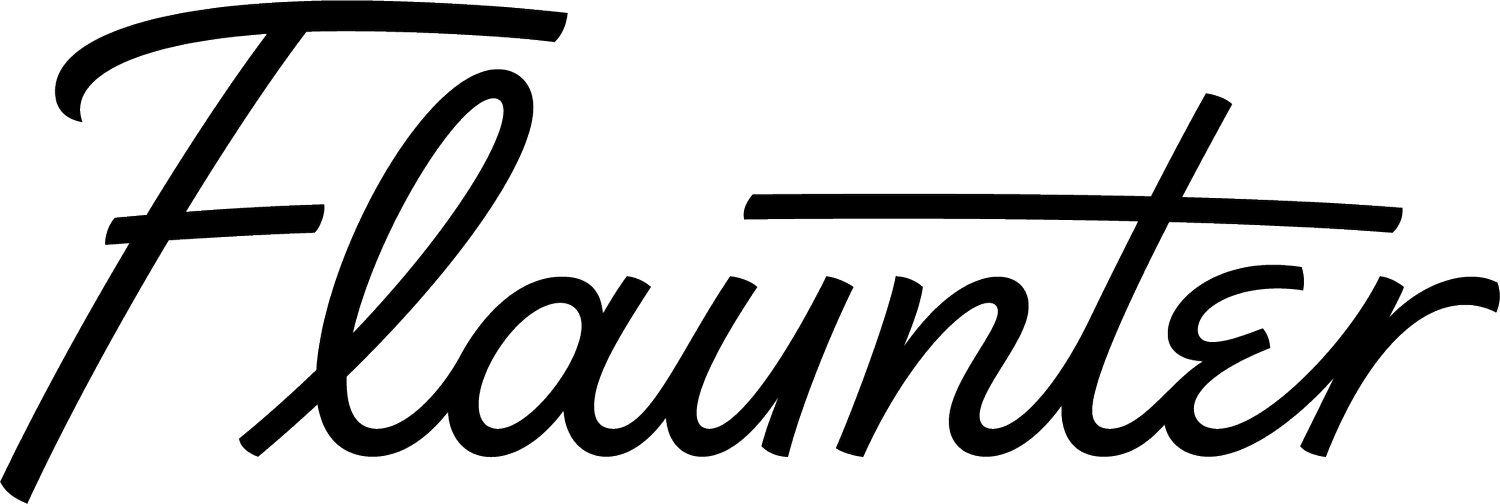How To Plan, Fill and Leverage Your Own PR Calendar
The best PR isn’t rushed. This is why dedicating some time to map out your own annual PR calendar should be high on your agenda. It will help you maintain focus, meet deadlines comfortably, generate new ideas and opportunities, and give you time to plan your content or pitches to amplify engagement.
Read on to find out what you need to know when creating your own PR calendar.
Why you need a PR calendar.
It gives you clarity about what you are doing and when – you have an ‘at a glance’ picture of where your time needs to be focused in both the short and long term. This means that you can concentrate on activities that will help you to achieve your brand objectives and target the right audiences more effectively.
Highlighting the dates that are specific to your brand (such as new products, collections or brand initiatives/anniversaries) will help you plan, coordinate and schedule activities to promote them. This will also help you stay on top of your media contact schedule. It pays to know who your targets are and how many weeks/months in advance you need to reach out to them about your upcoming news – giving you plenty of time to start planning that perfect pitch!
Being prepared for upcoming community ‘awareness days’ or holidays that your brand can get involved in allows you to create PR opportunities without always relying on your own news or ideas. There are thousands of events that could get your business some attention with collective promotion, so make sure you look beyond your specialist area. Remember to keep it relevant though – no one will appreciate a leather accessories label piggybacking off the hashtag #animalequalityday 😉
A PR calendar will create a steady stream of activity that is much more effective than ‘one-off’ PR hits. Consistent PR effort can feel tiring but keeping up the momentum will keep you visible and relevant. The more coverage you can get, the more you can share that success with your followers, customers, and media network.
How to create your PR calendar.
Assess
The first step is to review the last year of PR activity. Think about the questions below to get started…
Did your brand receive media attention last year?
What angles, pitches, time worked well for you?
Which journalists/publications mentioned you? Are they still relevant to your brand/audience and could you reach out to them again?
Where and when did your key competitors/or comparable brands receive attention?
The next step is to consider your overall brand objectives. Always put your goals and objectives in writing so you can refer back to them throughout the year and evaluate your success. Your goals should define all of your key media messages, making sure that what you say and how you say it reflects what you’re actually trying to achieve.
List events
Below we’ve listed some activities that you may want to consider adding to your personal calendar;
Seasonal events where relevant (eg. Easter, Christmas, Summer, start of school)
Events that you’ll be hosting or attending
Industry events (eg. Awards or tradeshows) as well as application deadlines or ticket releases
Awareness days/weeks
Annual events where relevant (eg. Mercedes-Benz Fashion Week)
Topic/theme focus for key publications
Press releases – new products, services, initiatives, collaborations
Reminder to review/update your brand materials or website
Blog schedule/opportunities to guest blog
Social media schedule
Add lead times
While you may be thinking that including events such as Christmas is a little obvious – it is easy to forget that you need to start thinking about your gift guide pitches in August!
Once you have all of your relevant events, you need to plan when to create and send your pitches or press releases. Below are some standard lead times that will help you figure this out, however, if you have a specific target publication make sure you dig a little deeper!
Tip: Most editorial calendars can be found by hunting through the advertising section of a publication’s website. The key thing to look out for, aside from the issue and article topics, is the closing date. This is when ads must be purchased – giving you an indication of when reporters will be completing their stories.
Using your PR calendar.
Your calendar will be unique to you so it pays to think about why each element is included and how you can best leverage opportunities from it. Certain events will call for required action before or after, so remember that the calendar is not set in stone! Sometimes PR opportunities come out of nowhere and it pays to be reactive.
Some of the things you can do to leverage your calendar activities are:
Plan a blog or social post that is themed for the season (eg. ‘How to spice up your Christmas table style to be posted mid-November). While it is tempting to only focus on your products, it’s a good idea to include complementary brands to increase the chances of a repost.
Journalists always want to know why your story is relevant now, so take an event and build it into your media pitch. Offering an angle that’s relevant to a journalist’s audience in terms of current events will help you stand out from the crowd. Plus they’ll be more likely to use you in the future as you’ve just made their job a lot easier!
Use relevant hashtags and content to leverage current events. Social media followers are much more likely to engage with topics that are already trending.
Build up to an event with a series of relevant social media posts or emails to generate hype. Be strategic about how much lead time or excitement that the event warrants.
IMAGE CREDIT: KAITLYN HAM MODERN LEGACY




